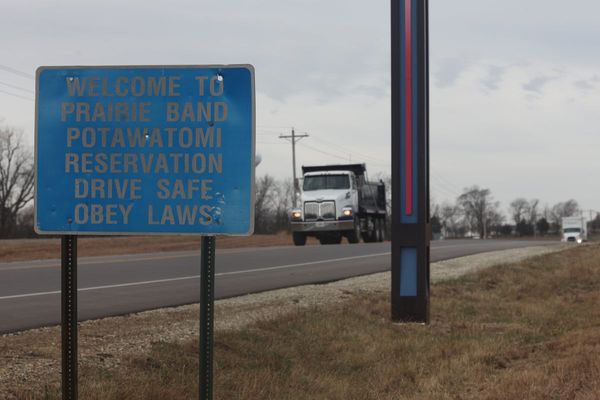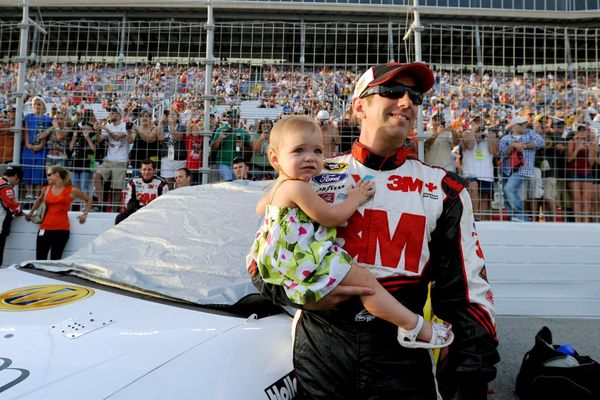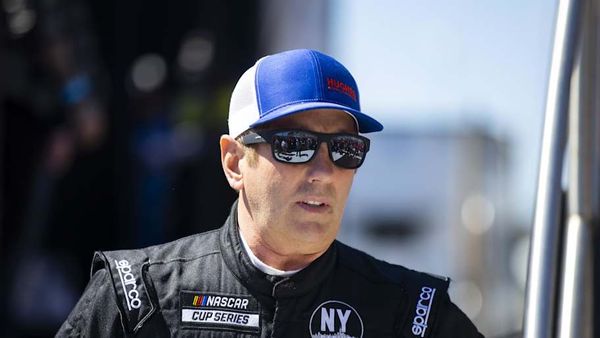
English singer and songwriter Jessie J revealed to her fans on social media that she has been diagnosed with “early breast cancer” and plans to undergo surgery.
In a video posted on Instagram, the 37-year-old singer, whose real name is Jessica Cornish, said: “Before No Secrets [the most recent single] came out I was diagnosed with early breast cancer…cancer sucks in any form but I’m holding onto the word early.
“I have been in and out of tests throughout this whole period. I just wanted to be open and share it one because selfishly I do not talk about it enough. I’m not processing it because I’m working so hard. I also know how much sharing in the past has helped me with other people giving me their love and support and also their own stories.”
She also added that she was going to “disappear for a bit” after her upcoming performance at Capital’s annual Summertime Ball event (June 15) to have surgery.
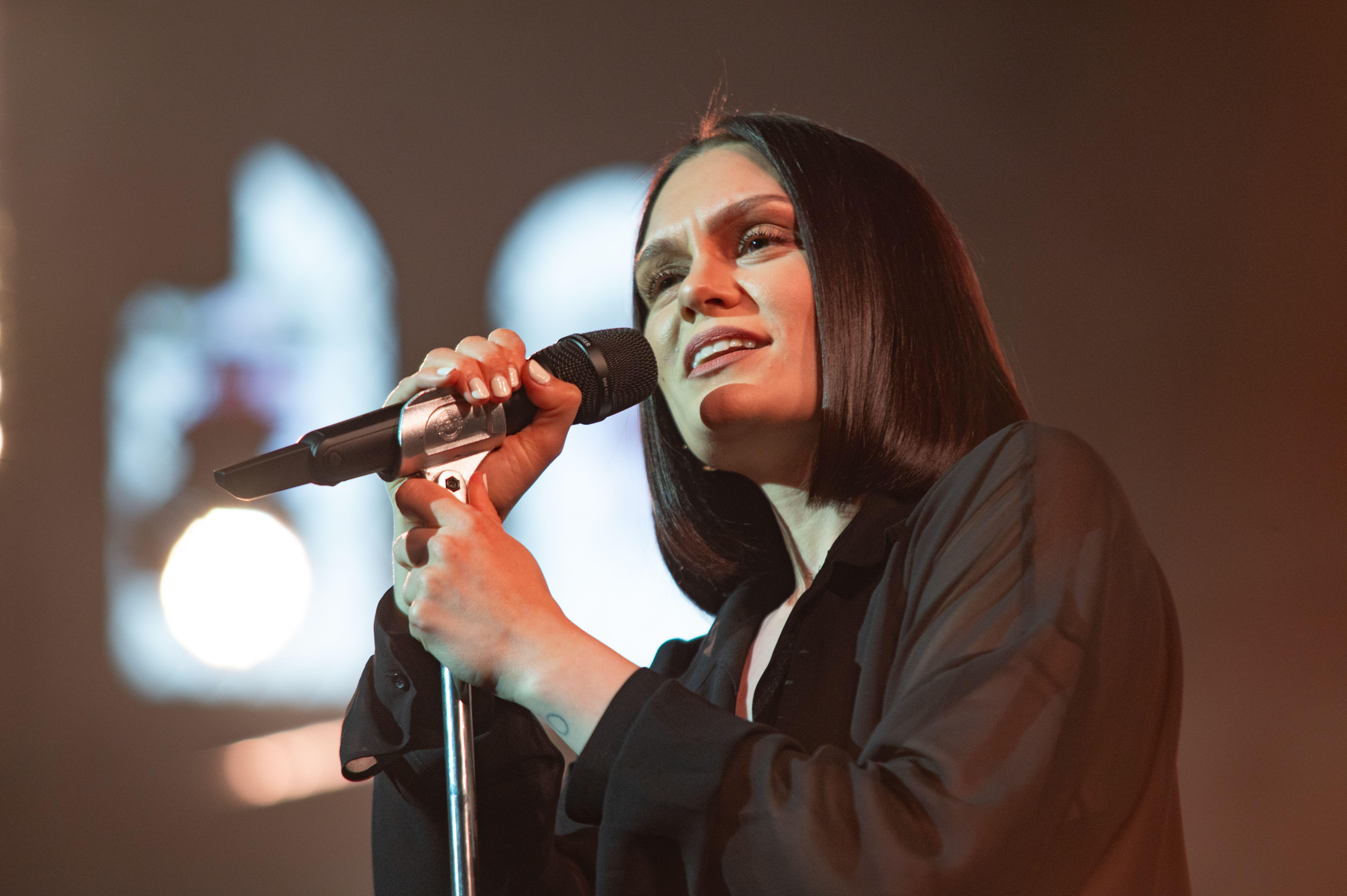
The announcement brings much needed awareness to this common disease. Here, Dr Cliona Kirwan, consultant oncoplastic breast surgeon and chair of the scientific board at Prevent Breast Cancer, explains what the different stages of breast cancer are and the five key early symptoms to look out for.
What are the different stages of breast cancer?
“Initially, breast cancer starts as pre-cancer, as cancerous cells trapped in the milk ducts, and that’s called ductal carcinoma in situ (DCIS) which you can only really see and find on a mammogram,” says Kirwan.
“Then it can break through the wall of the milk duct and become a true invasive breast cancer within the breast, so usually that would be a little lump inside the breast, and that’s the stage that most ladies present symptoms at.”
The next stage is when the breast cancer spreads up to the lymph nodes, most commonly to the lymph nodes in the armpit next to the breast it originated from, adds the breast surgeon.
“That’s what we’d call locally advanced breast cancer, or lymph node positive breast cancer,” she explains. “Then eventually the cancer breaks through the lymph nodes in the armpit and spreads around the body. That would be advanced/ metastatic/ secondary breast cancer. At that stage treatment is more about control than cure.”
What are some early warning signs?
1. Lumps
“The classic one is a lump. So, people should regularly examine their breasts about once a month,” advises Kirwan. “If you are still having period I would recommend checking your breasts a week after your period because you tend to be lumpier before a period and the hormone sensitive bits of breast swell a bit naturally.
“A lump in the armpit could also be a sign that the cancer has spread to the armpit.”
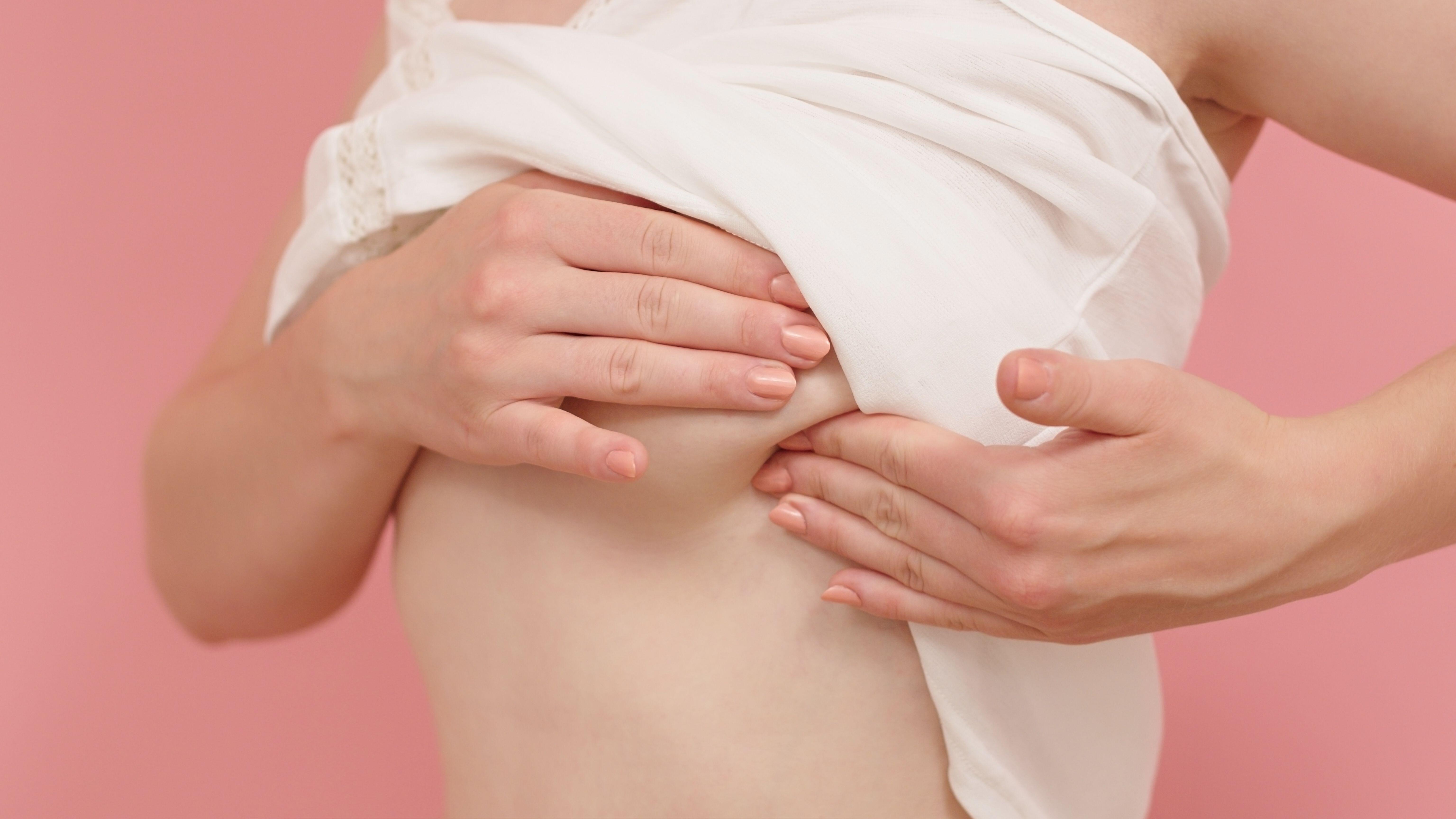
2. Dimpling
“Also look for dimpling,” says Kirwan. “Dimpling is when you lift your arms up and you see an area of the pulling in that didn’t used to do that, so it’s a shape change in the breast from the normal move curvature that you’d have.”
3. Nipple changes
“Look out for any nipple changes, like nipple inversion or rashes on the nipple,” recommends Kirwan.
4. Nipple discharge
“Bloody nipple discharge is another sign to be aware of,” adds Kirwan.
5. Skin or size changes
“Also, look out for any general skin changes around the breast area,” advises Kirwan. Cancer Research UK also adds to note down any changes in the size and shape of the breast.
When should you seek medical advice about these symptoms?
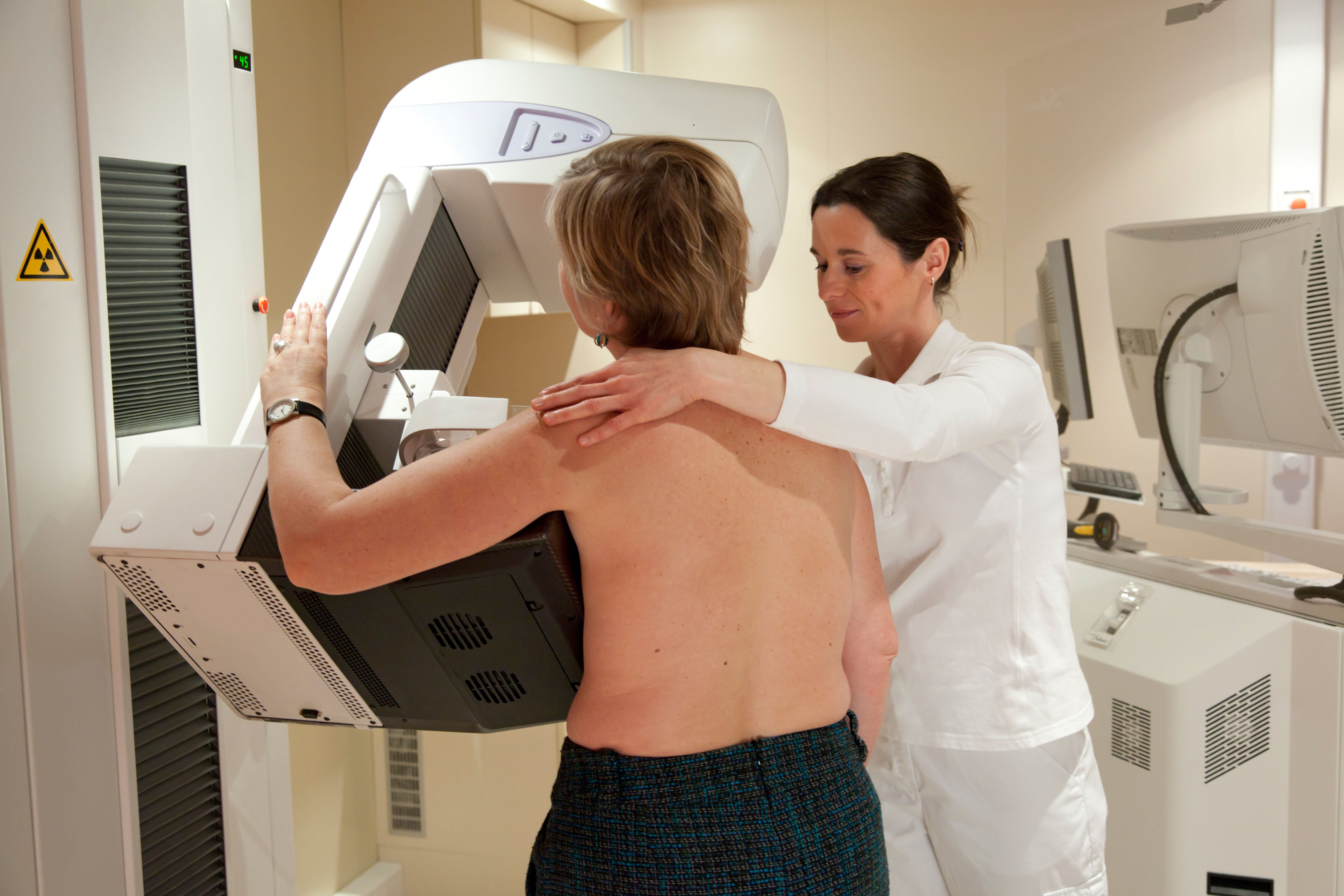
Early diagnosis is crucial, so make sure you book an appointment with a GP if you start to present with any of these symptoms.
“You would first see a GP and then be referred to a breast unit where you’d be seen by a breast specialist who would decide whether any scans or biopsies need to be done,” explains Kirwan. “Ladies under the age of 40 are usually offered an ultrasound scan, and for ladies over 40 it’s usually a mammogram.”How is breast cancer treated?
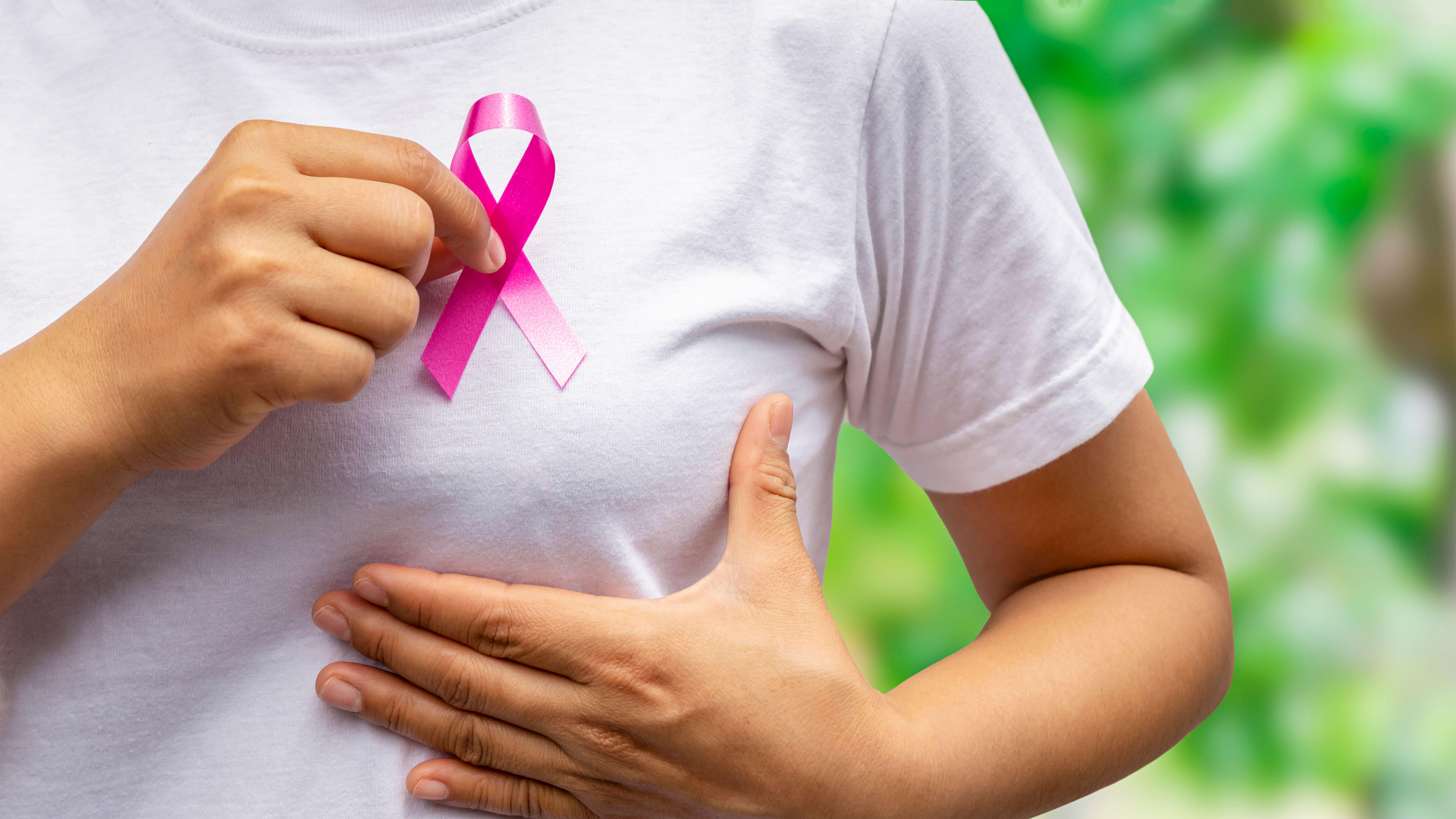
“The only way you can cure breast cancer is to remove it, so the main treatment is surgery,” says Kirwan. “In the early stages most ladies can have breast conserving surgery. In other words, they get to keep the breast and we just remove that area where the cancer is and often we then remodel the breast and try and keep a nice shape to the breast.
“However, sometime ladies will need a mastectomy, and that is often when the lump is big compared to the size of the breast, and so taking out the area of disease would mean there just wasn’t enough breast tissue left for it to be worth saving. Surgery on armpits is also common, to check if any cancer has got into the lymph nodes.”
Many patients are also offered chemotherapy and / or radiotherapy.
“Some patients also get anti-oestrogen tablets, which is effectively the opposite of HRT,” adds Kirwan. “Then there are also lots of new drugs coming on the scene which are targeted therapies. The drugs are getting very clever, so every year outcomes are improving with new drugs that come along.”
8 ways to freshen up your home through natural biophilic design
Scientists say these small health issues might be an early sign of lung cancer
‘Transformative’ one-time therapy could help skin cancer patients live longer
Expert reveals what happens if you eat a toxic mushroom
The only way to know if you have coeliac disease or gluten intolerance
Diet containing foods with this key component can lead to longer life, study finds

